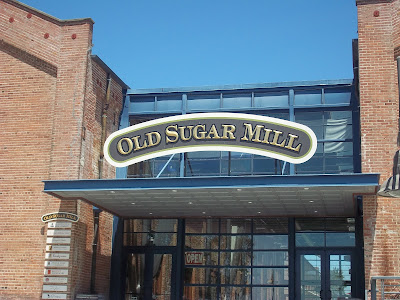I recently had the pleasure of tasting through a few Italian wines. A drop in the bucket for sure, but it was an enjoyable and educational experience. All wines were received as trade samples and tasted blind.
White
2011 Arnaldo-Caprai Grechetto Colli Martani “Grecante” - Italy, Umbria, Colli MartaniSRP: $20
Medium gold color. Interesting nose of honeycomb, dried pineapple, apricot and hazelnut. On the palate, this wine has an oily texture and medium acid. The flavors of yellow apple and apricot are light and easy, and the nutty-honeycomb aspect adds a bit of punch. A hint of green herbs carries the finish, which isn’t long. While it has some attractive components, overall this isn’t a thought-provoking wine. 100% Grechetto. (83 points)
Orange?
2011 Attems Pinot Grigio “Cupra Ramato” - Italy, Friuli-Venezia Giulia, Venezia Giulia IGT SRP: $19
Pretty gold-pink color, like honey mixed with grapefruit juice. Aromas of honeycomb, honeydew melon, ruby red grapefruit and sweet flowers. The palate shows high acid and medium body, with flavors of honeydew melon, white peach and grapefruit. Notes of quinine and minerals add a racy component. Long finish. A really unique and punchy Pinot Grigio. The must remains in contact with the grape skins for 12 hours, which gives this wine that nice coppery color and maybe some of the depth and complex flavors. (89 points)
Red
2008 Valturio “Solco” Marche IGT - Italy, Marche, Marche IGT SRP: $34
Aromas of violets, mixed dark berries, cranberry sauce, pencil shavings. The palate is wonderfully fresh, as the acid sets the stage for the cranberry, strawberry and fig paste. Notes of coffee, leather, musk and charcoal add layers of complexity. There’s an underlying earthiness that pervades this wine, just like the acid, which starts and finishes this wine. 100% Rebo, which is a hybrid of Merlot and Teroldego, aged 12 months in 50% new French barriques. An elegant yet serious wine that deserves a homemade Italian meal and some time in the decanter. (90 points)
SRP: $20
Sour cherries, raspberries and dusty earth on the nose. Tart acid, soft tannins, the fruit tastes like tangy cherries and raspberries. Some earth and charcoal flavors add complexity. That said, it’s more of a simple wine for easy drinking. Medium finish. Seems like a drink-me-now. (85 points)
2009 Piccini Chianti Classico - Italy, Tuscany, Chianti, Chianti Classico DOCG
SRP: $16A little reticent on the nose, faint red plum, rose petals, dusty earth and a bit of dried tobacco. Medium-bodied on the palate, moderate acid and fine tannins. Flavors of sour cherry, red plum and raspberry jam, along with notes of cocoa powder and tobacco. The wine falls off a bit on the finish. A simple, easy-sipping wine. (82 points)
2006 Castelnuovo Dell'Abate Brunello di Montalcino Riserva “La Fiorita” - Italy, Tuscany, Montalcino, Brunello di Montalcino
SRP: $95
A beautiful mix of earth and fruit flavors on the nose, raspberries, figs, green olive, lamb and soy. Medium-to-high acid kicks off the palate along with fine-grained but firm tannins. The raspberry and red currant fruit is pure and complex and mixed with notes of coffee, sage, soy, chewing tobacco, rounded out with some toast. Tasted blind, this screamed Tuscany. A very pretty wine, but there’s no rush because this could use some time in the cellar. (90 points)
2008 Arnaldo-Caprai Sagrantino di Montefalco “Collepiano” - Italy, Umbria, Montefalco, Sagrantino di Montefalco
SRP: $60A bold purple-magenta color. The plum and blackberry fruit smells roasted and inky, and I get notes of violet and dark chocolate as well. The tannins are seriously grippy, and medium acid tries to fight back. The plum and currant fruit tastes deep and compact. Really smoky, like a steak on a charcoal grill. The toasty oak mixes with notes of roasted coffee, herbal liqueur and incense. This 100% Sagrantino is aged for two years in French oak, then six more months in bottle. A bold, gritty wine, I think cellaring this for five to eight years might be a good idea. (90 points)
SRP: $22
Smells of cherries in sauce, bright berries, along with some tobacco and roasted coffee. The palate shows grippy tannins and medium acid. The cherry and currant fruit is snappy and fresh. Notes of green pepper, anise and tobacco add complexity. The tannins need some time to mellow out, but this wine packs a lot of complexity for $22. A blend of 70% Sangiovese, 15% Sagrantino and 15% Merlot. (89 points)
This post first appeared on the daily wine blog Terroirist.
This post first appeared on the daily wine blog Terroirist.













